California is big on clean energy. The Golden State is highly committed to making its residents use cleaner fuels.
But this dedication is costly, with consumers paying a higher price. Fueling up the gas tank in California is much more expensive than in other states. Can the residents withstand this price?
Californian Average
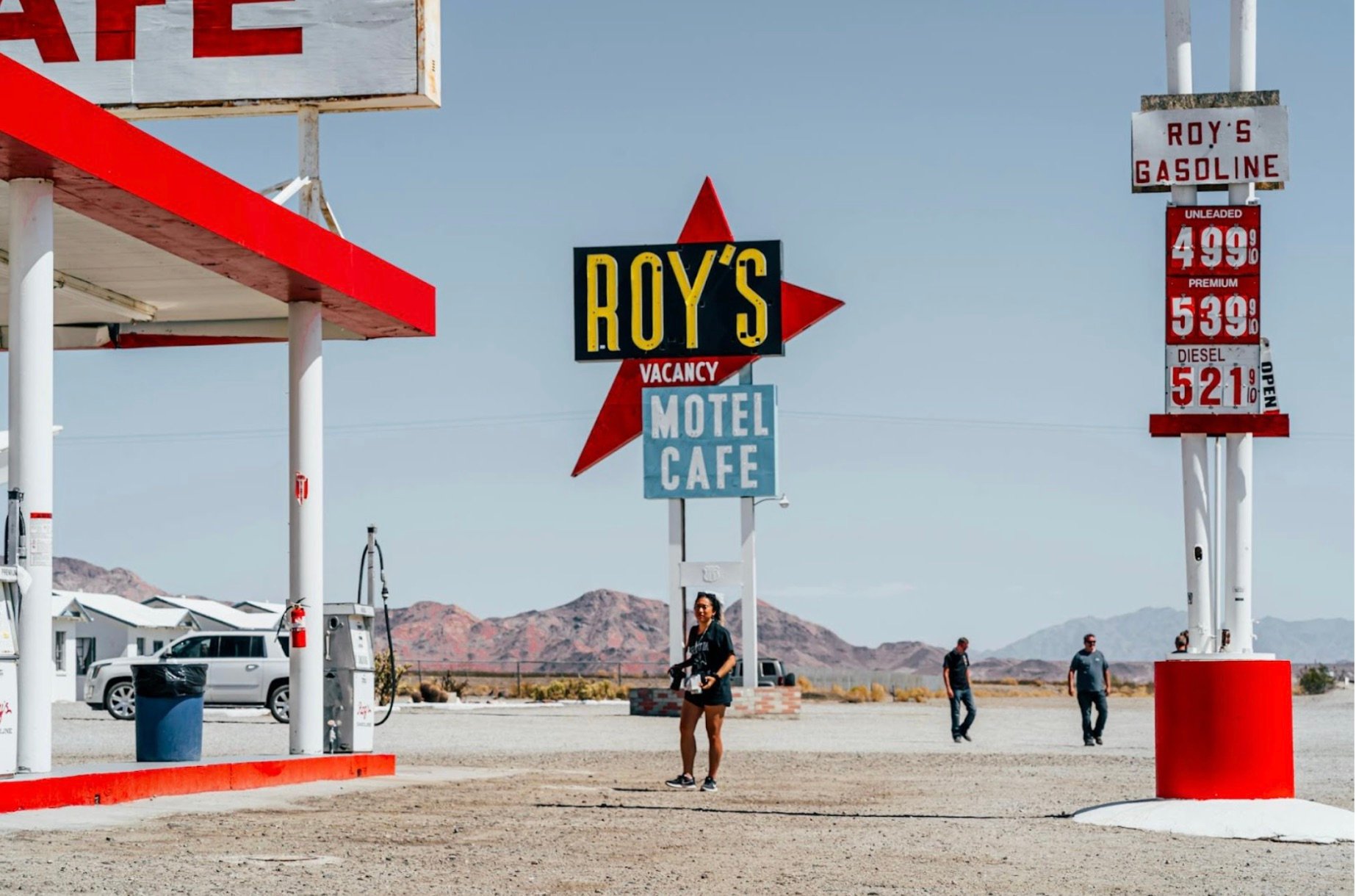
The current average gas price in California is $5.12. Meanwhile, the US national average gas price is $3.53.
Luckily this average price has dropped since 2022, when it reached nearly $6.50 per gallon. But back then, various oil refineries were experiencing shortages.
Higher Than Other States

Nonetheless, the Californian gas price has always been higher than most states. Other states, where gas is not taxed so exorbitantly, could offer drastically more competitive prices.
Texas’s average gas price is $3.13, while Oklahoma’s and Louisiana’s are around $3.15. These states levy lower taxes on fuel price, which is why their prices are significantly lower.
The High Price of Taxes

Based on data compiled by the US Energy Information Administration, Californians pay an arm and a leg in fuel taxes.
Not only Californian drivers pay a per gallon excise tax, there’s also the sales tax. Most other states don’t even have a sales tax on gas, let alone a dual tax.
Loyalty to Big Brands
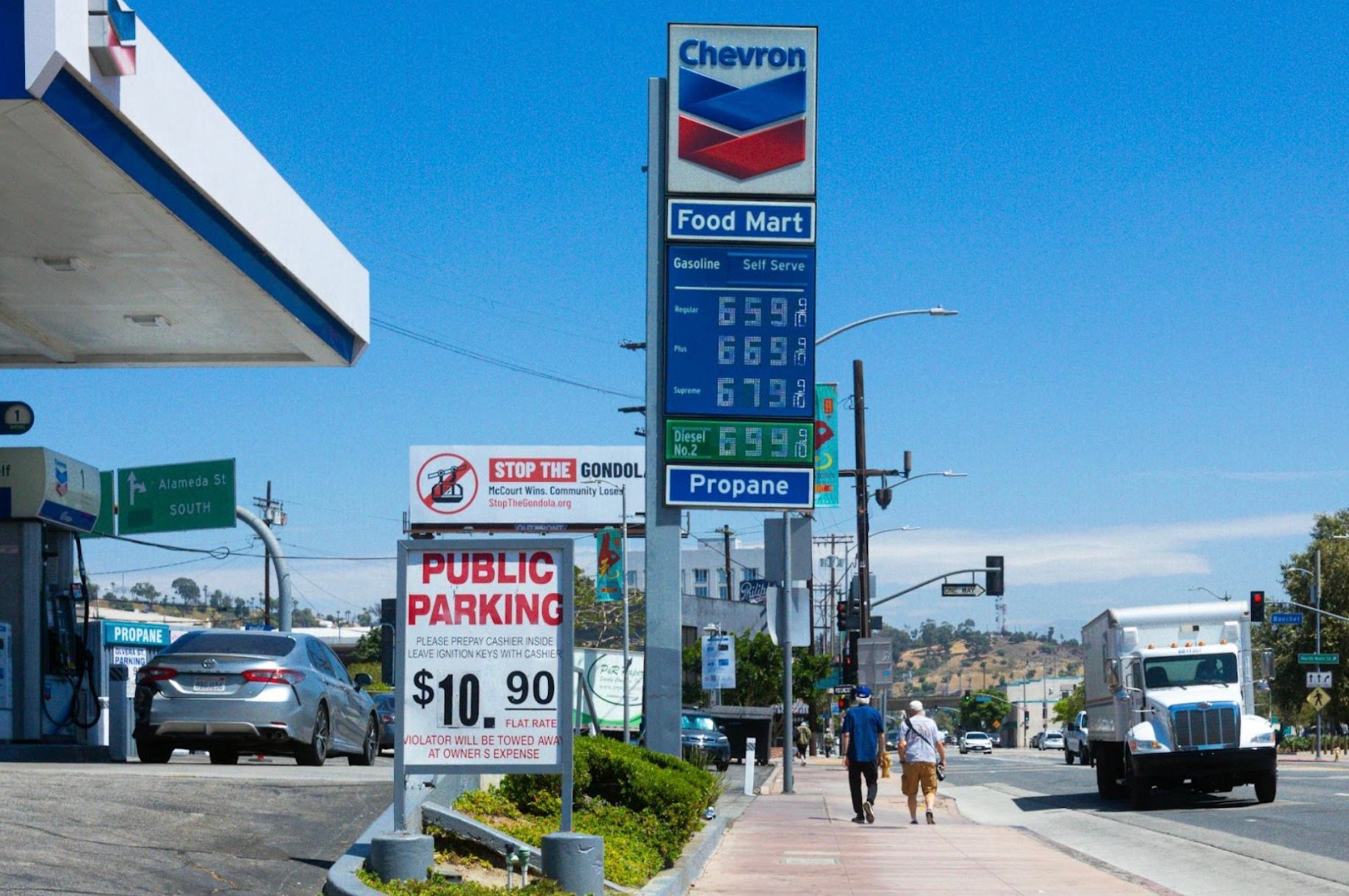
There’s also the customer loyalty to brand-name oils: Chevron, Shell, Mobil. The suggestion that loyalty to these brands affecting gas prices comes from Professor Severin Borenstein, faculty director of the energy institute at the University of California Berkeley’s Haas School of Business.
The professor said, “California has way fewer off-brand stations like the Costcos and Safeways, but also the Rotten Robbie’s.” Also, he thinks Californians seem to rely on the same companies that can pick and choose prices without any consequence.
Strict Regulations

But other experts point their fingers at California’s environmental regulations for being the cause of high fuel prices.
GasBuddy’s head of petrol analysis Patrick De Haan noted how California is “kind of segregated” from the rest of the USA when it comes to gasoline requirements. And that puts the state at a great risk for price hikes and supply shortages.
Capacity Reduction
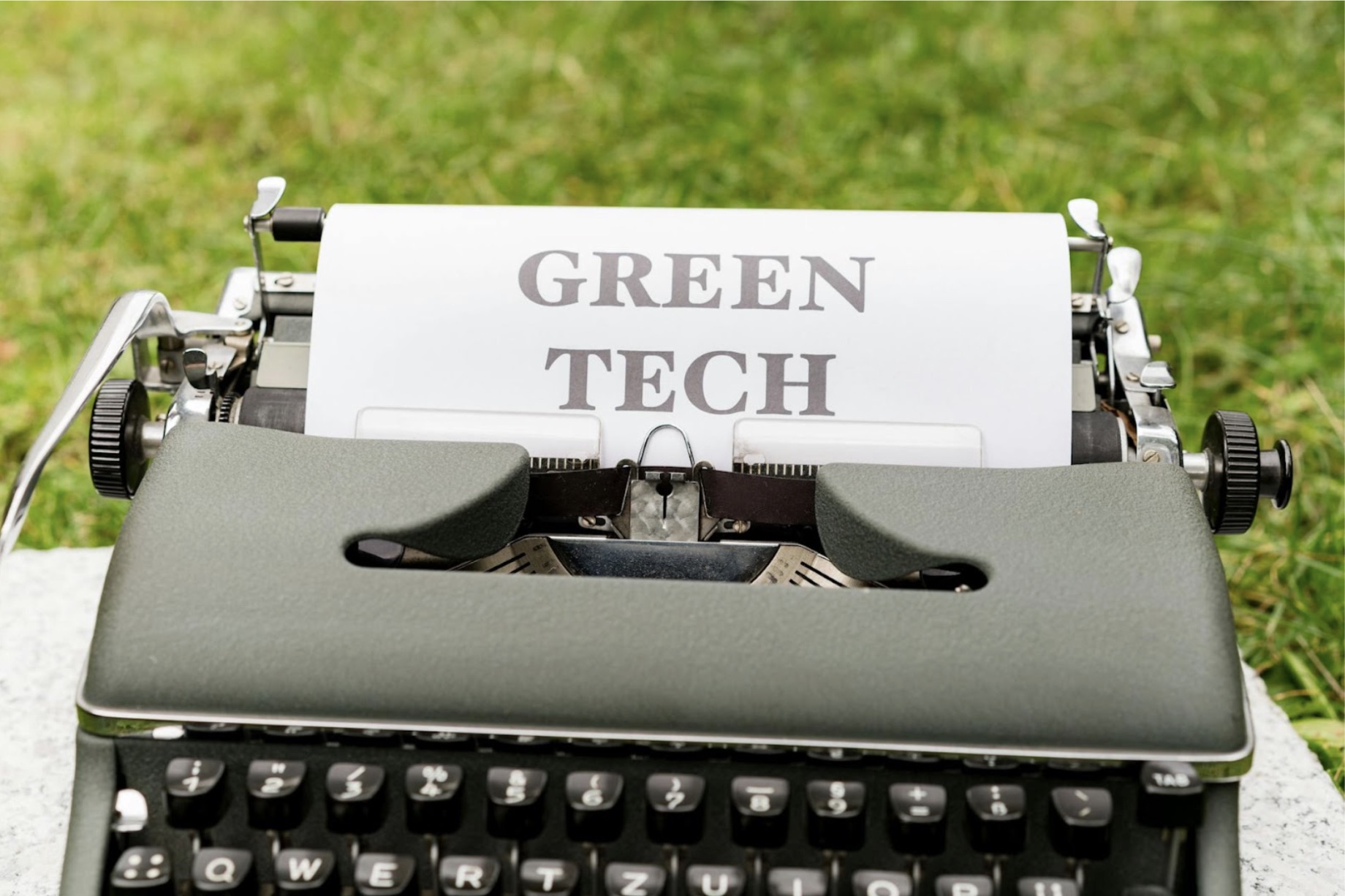
Refineries certainly must work hard to meet California’s strict standards. In fact, in the last 10 years, there’s been an 11% reduction of oil refining capacity thanks to the state’s incentives for biofuels conversion.
Borenstein declared, California’s gas is the cleanest in the world and emits fewer greenhouse gases, thanks to its own specific blend.
All About History

The strictness in the state is not new. It dates all the way back to 1943 with Los Angeles being blanketed by a severe smog infamously called “Purple Haze.”
In 1966, tailpipe emissions standards were established in the state — the first to do so — as an effort to improve air quality and the bad reputation it had before. And then came the 1970 Clean Air Act, which is even stricter than the federal government’s own standards.
President Reagan’s Contribution
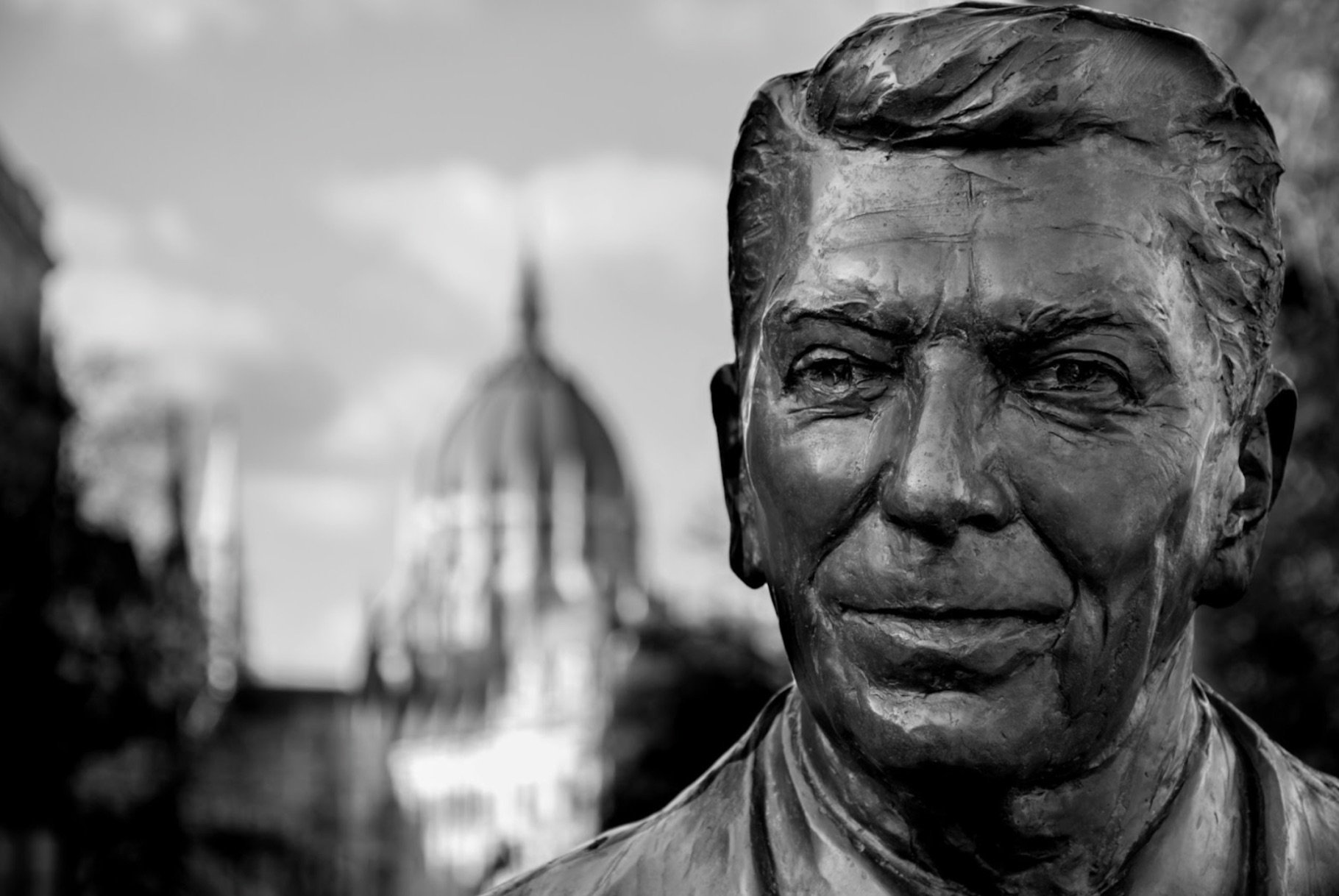
Back then, California Governor Ronald Reagan said, “We must constantly search for ways to improve our environment consistent with our technology and growth.”
Perhaps his most notable contribution to the environment is signing the California Environmental Quality Act (CEQA) statute in 1970. For Bornstein, this move was “the reason you can see the mountains from Los Angeles now.”
Still Polluted
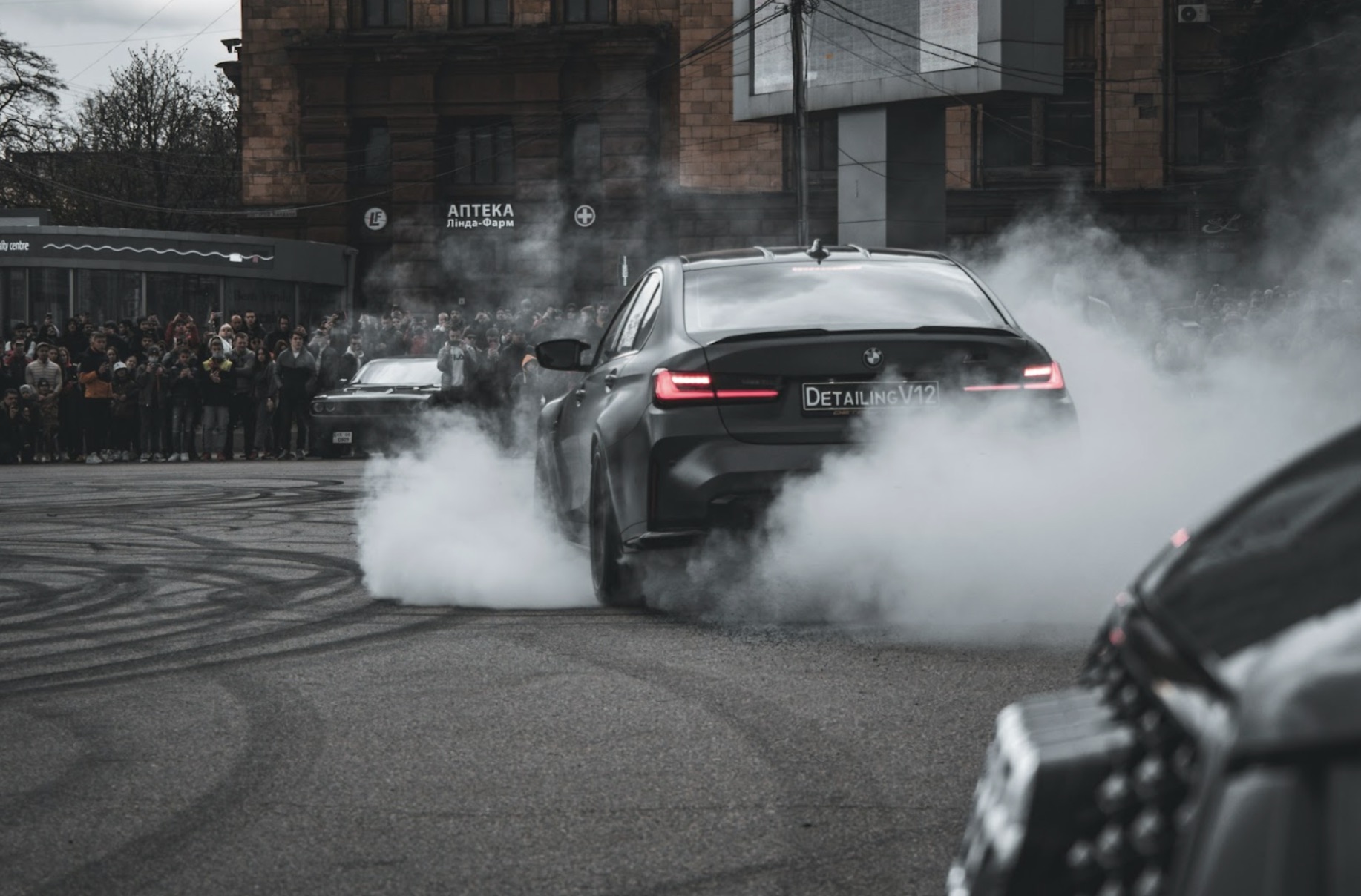
Unfortunately, to this day, California still struggles with high pollution levels in its many cities. The metropolitan areas like Bakersfield, LA and the Bay Area are especially polluted.
Even more concerning is the stats from American Lung Association’s State of the Air report that said 9 out 10 Californians live in an area affected by harmful air pollutants, including carbon monoxide, sulfur oxides, and lead.
Gas Vehicle Ban
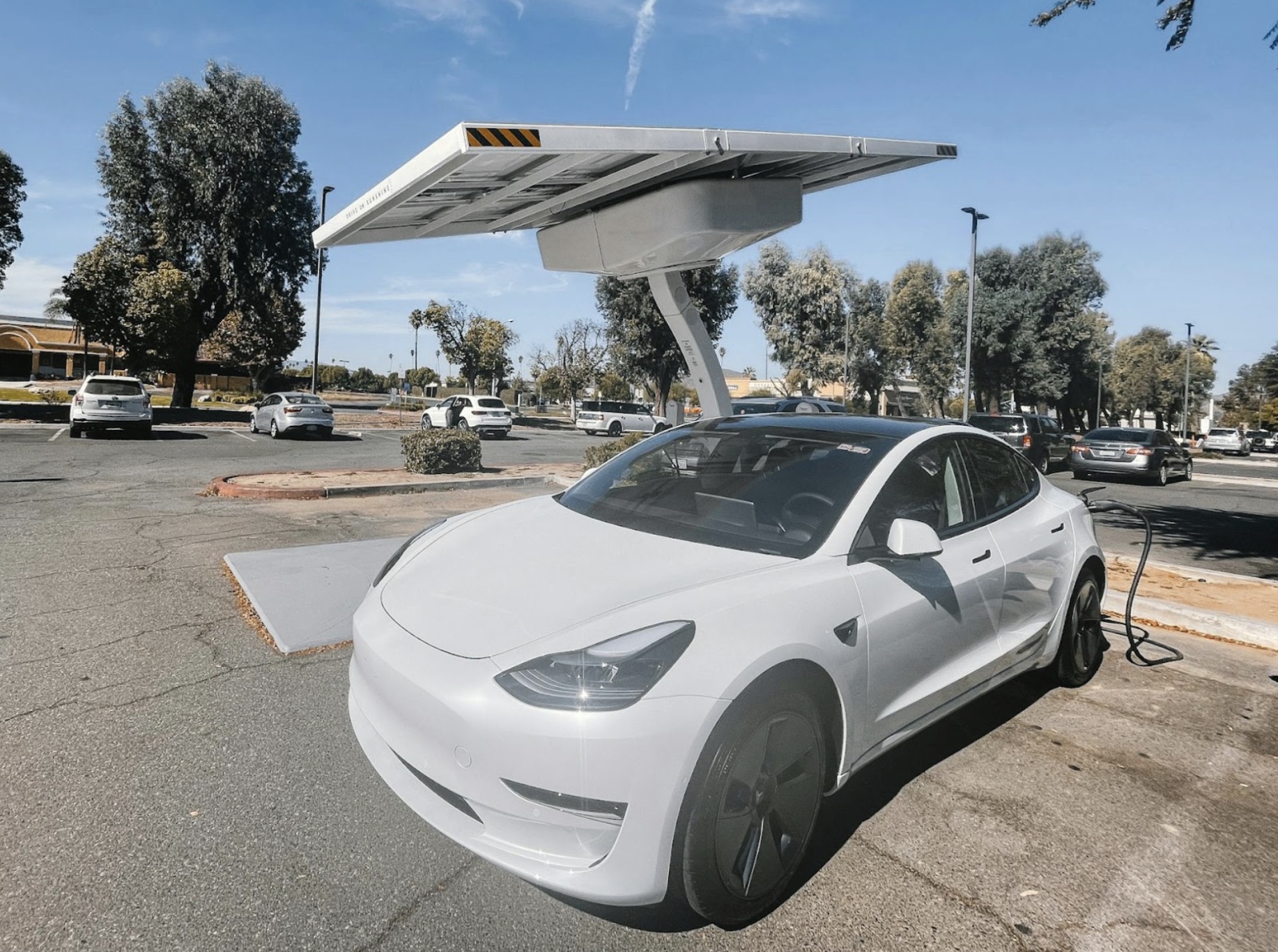
Another attempt by the state government to clear the air is to ban sales of new gasoline-only vehicles by 2035. The California Air Resources Board (CARB) already submitted the request to the Environmental Protection Agency (EPA) in May 2023.
Only electric or hybrid cars would be driving in California’s streets in the future. As a result, California’s zero-emission rules will cut pollution from light-duty vehicles by 25% by 2037.
Uphill Battle

Meeting the state’s zero-emission standards won’t be easy for most of its residents. Higher fuel prices will hit economically disadvantaged communities harder to begin with.
Then, electric or hybrid vehicles may not be widely accessible in lower-income or colored communities. With such complex issues coloring the battle for clean air, California — once again — has a long uphill battle to fight.
